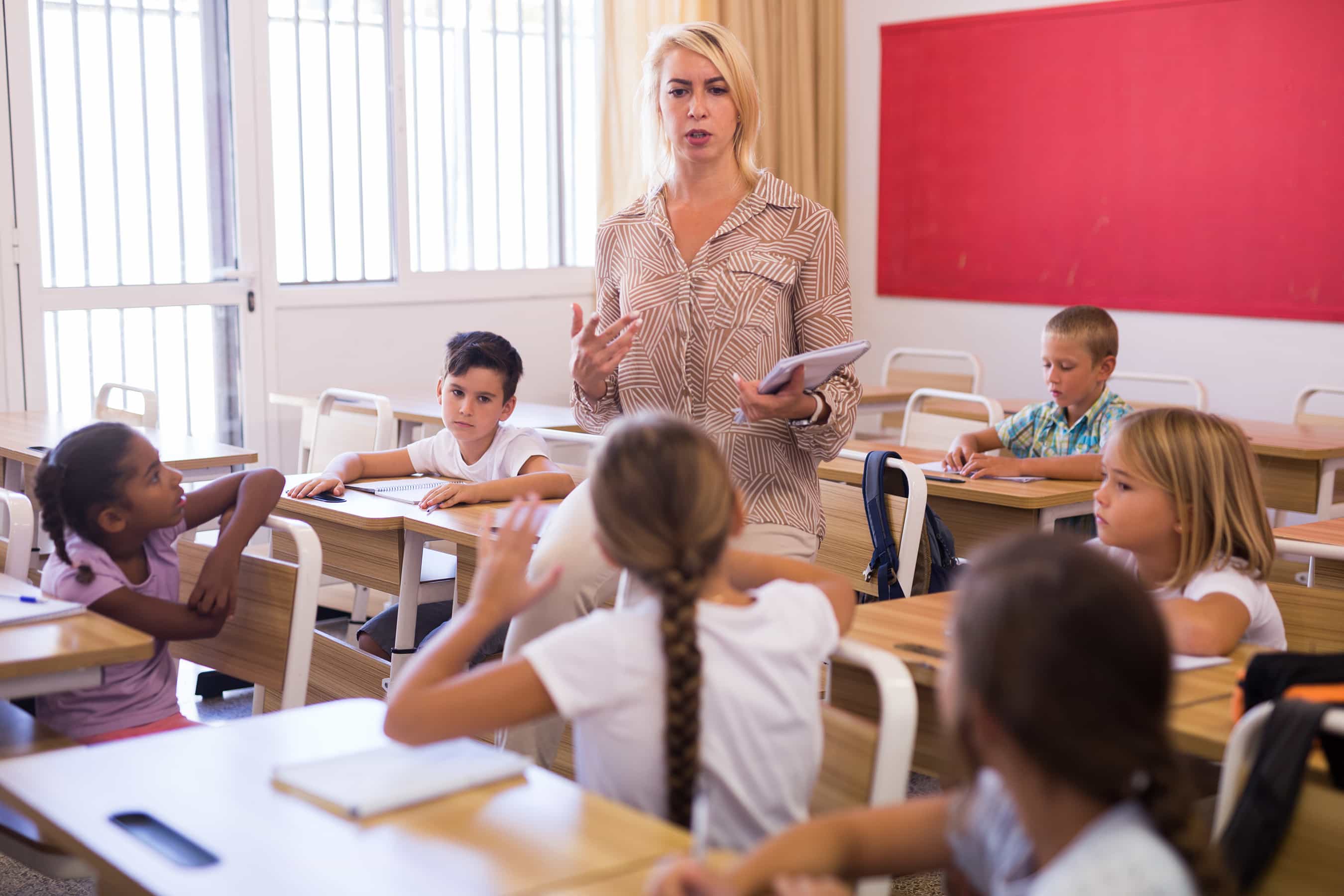How to handle sensitive issues in the classroom
Teachers and parents are often put into the difficult situation of dealing with sensitive issues with students. It is a tough position for teachers, but even tougher for children. Teachers need to recognise that they are very significant in a child’s life.
If you don’t feel confident dealing with sensitive issues, it’s okay to pass it on to someone who is. If a student approaches you, ensure you play a part in the process. This could even be sitting with the child while they talk to the guidance officer or counsellor.
No matter what role you play, your involvement is important to the student.
We have provided some guidance on how you can approach certain situations and help you handle sensitive issues in your classroom.
Open lines of communication
As a student, they look up to their teachers and the adults around them. They want to be able to talk about sensitive issues with their teachers; ask questions and have a conversation. If children feel fearful in asking questions or feel they will be reprimanded in any way, they will naturally shy away from it.
It is our responsibility as adults and your responsibility as a teacher to create an open atmosphere where your students feel relaxed, confident and secure in communication with other teachers.
Be patient
Particularly young children take much longer to absorb information and comprehend discussions you have had. Be prepared for them to want to revisit your conversations often and know that this is very normal.
Patience and persistence will help the process run smoothly for both you and the child.
Set the stage
In order for students to express their opinions and participate in classroom discussions about sensitive subjects, they need to feel safe and not fear retaliation for comments they make during the discussion. Make sure you try and establish a supportive classroom atmosphere with ground rules for discussions. Be sure to at least do so before beginning a class discussion about a sensitive issue.
In light of recent events, we have laid out a few ways in which you can talk to your class about Queen Elizabeth II.
How to talk to children about the Queen
After the sad events and period of mourning we are entering as a nation, children are likely to sense the change in mood. They may have picked up the emotions of their parents/carers or older siblings. Early years children may feel sad themselves, but not quite understand why they feel that way and start to feel confused. As a teacher, you can provide opportunities for children to talk about their feelings during this time and remember Queen Elizabeth II together. To teach your class more about the Queen’s life, then read our blog on the ‘history of Queen Elizabeth II’.
Use appropriate language during conversations
As teachers we can often feel the need to protect children and, at times like this when we address losses or death, it is tempting to use terms such as ‘gone to sleep’ rather than ‘died’. However, it is important that children hear the truth and that we use the correct terms of ‘died’, ‘dead’ and ‘death’ with children. This is because terms such as ‘gone to sleep’ suggest the person is coming back and can cause confusion.
Remember that children may not want to speak about their feelings
During times of confusion and sadness, we can reassure children and encourage communication about how they are feeling. We can remind children that feeling sad is ok and talk to them about it. We can also talk about our own feelings and show them that it is ok to say how you feel. However, it is also important to remember some children may not want to speak – communication isn’t just verbal. Maybe have them write down their feelings instead. Every child is different, so having different ways for them to communicate their feelings is key.
If you have been affected by recent events, please do not hesitate to reach out for support. There are hundreds of bereavement services available. And if you need help in supporting your child in these situations, there are also specialist services you can reach out to also. Remember, you are not alone.
And if you would like more information on how to support children, check out our Supporting Children with Loneliness blog.






